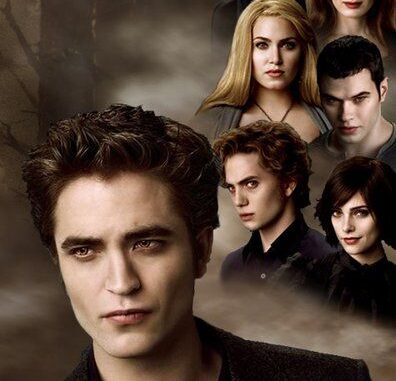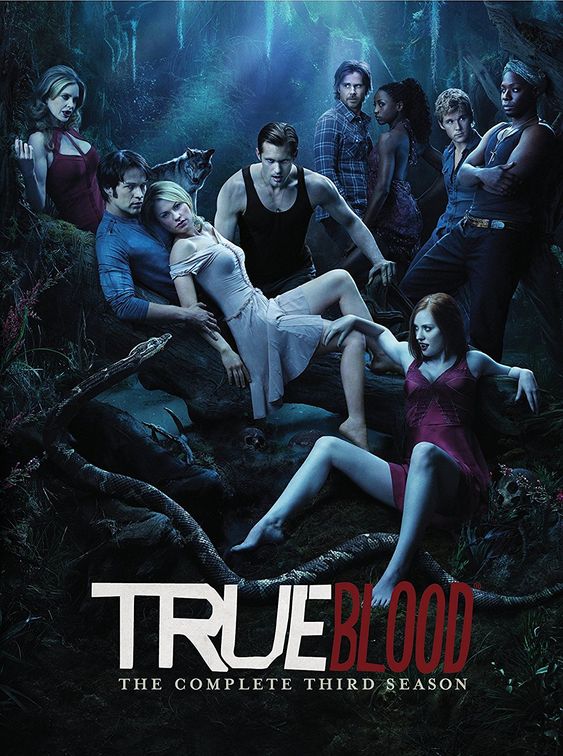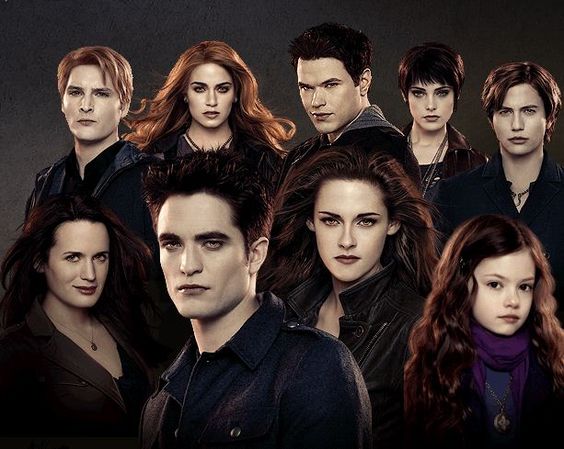
Despite their similarities in the gothic romance genre, both True Blood and Twilight succeeded at the same time – but how was this possible?
The blockbuster movie series Twilight and huge television hit True Blood are seemingly similar projects, so how were both of these late ‘00s hits able to succeed without stepping on one another’s toes? Released in 2008, Twilight was a massive hit with teen audiences despite earning less than stellar reviews from critics. A paranormal romance based on the best-selling novel saga of the same name, Twilight soon spawned a series of blockbuster sequels and countless knock-offs attempting to cash in on its success.
One series often erroneously accused of attempting to capitalize on Twilight is the small-screen smash hit True Blood, which actually debuted a few months before Twilight arrived in theatres. Soon to be rebooted, True Blood was an HBO hit which, on the face of it, seemed strikingly similar to Twilight. After all, both projects were dark romantic dramas that centered around a human heroine who fell in love with a brooding bloodsucker.
However, the similarities between the two projects did not stop there. Twilight and True Blood were both based on bestselling book series that had been cult phenomena for some time before they were adapted to the screen, with both having sizable pre-existing fan bases. Both starred a small-town girl who falls for a vampire and both had creepy, semi-villainous vampire councils who ruled over the world of the undead. As if to further underline their similarities, True Blood and Twilight both later featured a love triangle with a secondary love interest who turned out to be a werewolf. So, with Twilight giving rise to numerous big stars and True Blood being so successful that the show is set to return to screen less than a decade after it finished, how did both projects succeed despite their evident similarities?
True Blood’s R-Rating Vs Twilight’s PG
From the opening moments of its pilot, True Blood ensured that the series would not be vying for a teen demographic with Twilight by being gorier, more profane, and much steamier than the PG-rated, chaste movies. The hard-R rated True Blood was full of bloody violence and frequent nudity, meaning no one could mistake one franchise for the other without accidentally scarring young viewers. This stylistic difference meant that True Blood was sold as a harder-edged, more adult sort of supernatural soap, while Twilight leaned into its preteen and teen demographic. Later Twilight movies like the most underrated outing, Eclipse, did add some edge and a little gore to proceedings, but True Blood was infamous for featuring boundary-pushing gore and abundant full-frontal nudity from even its leads, meaning there was little comparison between even the HBO hit’s most mild moments and Twilight’s edgiest scenes.
True Blood Was Camp While Twilight Was Self-Serious
While True Blood was aimed at an older audience, the HBO series was also ironically more light-hearted than Twilight, and while there was far more character death, the melodramatic romance was played with tongue firmly in cheek. The silliness of a world where vampires operated out in the open (but shapeshifters, werewolves, and faeries all still somehow existed in secret) let True Blood be more openly goofy than Twilight, meaning there was little tonal similarity between the two series. This was eventually an issue for Twilight, with the critically-hated New Moon being the franchise’s worst outing thanks to the sequel’s inability to nail a tone that offered levity while still took its paranormal plot seriously.
In comparison, True Blood had an easier time balancing its silly elements and keeping its (literal and proverbial) stakes high, since the increased gore quotient of the series meant it was unafraid to kill off key characters. As a result, the lighter tone and sillier humor of True Blood rarely cost the show its impact, as few viewers could predict which characters were in store for a sudden, brutal exit even when the show’s goofier elements offered frequent comic relief. However, this approach was not foolproof for the more adult franchise either, with fans deriding the revelation that series heroine Sookie Stackhouse was a faerie as a step too far into campy territory. In these heightened moments, the earnest Romeo & Juliet-aping love story of Twilight was arguably preferable to True Blood’s self-aware silliness for some critics.
Twilight’s Werewolves Played A Bigger Role
Oddly, the most vital distinction between True Blood and Twilight did not come at the level of tone or content, but rather plot. Twilight’s werewolves were not introduced as supernatural beings until the second movie, but once Jacob Black had a role in the series, he soon became Bella’s secondary love interest and a major character. In contrast, True Blood’s resident werewolf Alcide was introduced much later after the heroine already cycled between vampire Bill, vampire Eric, and shapeshifter Sam as potential paramours. This difference may seem minor, but the battle between teenage vampire Edward Cullen and werewolf Jacob Black came to define the entire Twilight saga for many casual viewers during the franchise’s time in the zeitgeist, and the fact that True Blood’s werewolf character was more minor and its heroine’s love life was more spread out helped the series seem less similar to its PG-rated big screen competitor.
For a lot of viewers, the bulk of Twilight’s appeal came down to the question of whether Bella would choose the troubled but loving Edward or the less dangerous but more small-minded Jacob, resulting in the infamous “Team Edward” and “Team Jacob” fandom rivalries. In comparison, the heroine of True Blood’s most notable love triangle was between two vampires, Bill Compton and Eric Northman, and despite the series advertising the pair as romantic rivals, there were few points in the series where Sookie was directly split between choosing one of the two. Much of Twilight’s Wuthering Heights influence went into the third film of the series, Eclipse, which all but revolved around Bella choosing between her two suitors. In contrast, Sookie hooked up with most of the male cast at some point in True Blood, but usually had a more life-threatening issue to handle than deciding who she wanted to settle down with. Thus, the lack of a central werewolf/vampire love triangle became the defining difference between the Twilight saga and the seemingly similar True Blood, allowing both to succeed on their terms.
